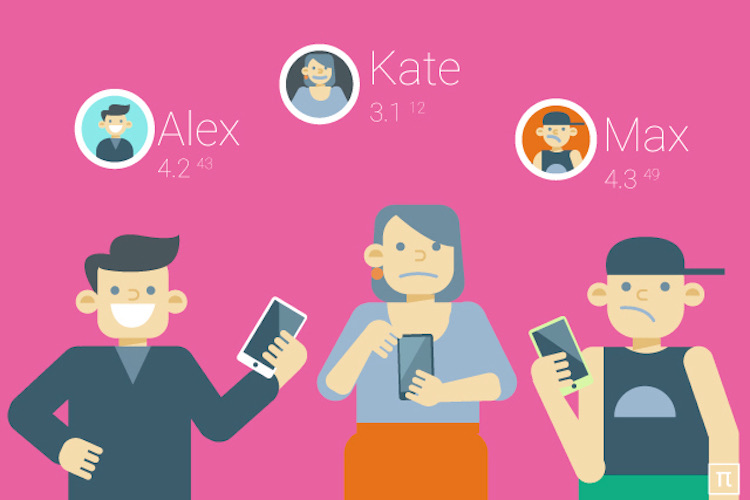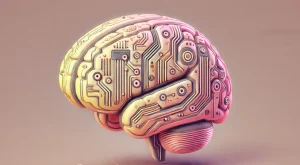The Consciousness of Humans and Machines
Philosopher and neuroethics expert Thomas Metzinger on the limitations of consciousness in natural and artific...

Media literacy is the ability to identify different types of media and understand the diversified messages they convey, improving people’s lives. It involves a set of competencies, such as accessing, analyzing, evaluating, reflecting, acting, and creating media. The concept was first developed in the context of mass media, of the broadcasting model, focusing on the passive consumption of media.
However, nowadays, the passive spectator gives place to prosumers (a compound word of producers and consumers coined by Alvin Toffler in 1980), who participate in the processes involved in media creation and production. This reality presupposes an emerging set of skills and practices (networking, remixing, sharing, uploading content, performing, etc.) that reflect the new media (digital media, mobile media, social media networks, etc.) usage. In this scenario, other terms that better describe the new media ecosystem arose: digital literacy, new media literacy, multimedia literacy, and so forth.
Media literacy is crucial because it enables critical thinking. A media-literate individual is capable of discerning what is credible, identifying the role of media in culture, and being responsible for the impact of communication across multiple media platforms.
There is relevant research pointing to factors such as educational level and age (see Kleemans and Eggink, 2016) and media availability, media industry, and civic participation (see Celot, 2009) as having an impact on the level of media literacy.
The importance of digital inclusion relies on the fact that digital technologies can lead to social change and, moreover, to economic, political, and cultural improvements. At the beginning of the Internet, the problem was the “digital divide,” separating the ones with Internet access from the ones without. As Internet penetration continues to increase worldwide, the focus shifted from the digital divide to digital inequality. Digital inequality relates to the range of inequalities in equipment, autonomy, skills, support, and scope of use among those who are already online. In this sense, digital inequality is a kind of second step, a consequence generated by digital inclusion.
Therefore, the concept of “transmedia literacy” becomes more important for dealing with these new practices and processes that have emerged from the new media ecosystem and the strategies of transmedia storytelling. Transmedia literacy can be defined as a set of skills, practices, values, priorities, sensibilities, and learning or sharing strategies developed and applied in the context of the new participatory cultures. This set of skills embraces networking, playing, remixing, performing, navigating, etc.
This topic is totally connected to what we are experiencing in terms of fake news and post-truth phenomena. Outside the ideology of objectivity or impartiality, a complete context can put things in perspective and be more beneficial to the public. It is all about transparency. “Transparency is the new objectivity,” – stated David Weinberger. Therefore, the responsibility for transparency relies on authors, media corporations, or any other stakeholder involved in the dissemination of information in media.
On the other hand, people should engage with any information critically themselves. To critically engage with media content presupposes comprehending content and using critical thinking to analyze the quality, veracity, credibility, and perspective of messages while taking into consideration the impact of media content. In order to deal with the enormous amount of information available, it is necessary to be selective. And media literacy should help to select what information is worthy.
Hyperconnectivity means that everybody and everything is communicating: person to person, person to machine, and machine to machine. With all the benefits and problems generated by ubiquitous connectivity, media literacy becomes even more relevant because its traditional set of skills is enlarged. Now being aware of big data, data privacy, and algorithms and being able to balance when and where to be connected is part of the (new) media literacy. And it is exactly this kind of balance that can make us feel more comfortable.
Digital etiquette (or netiquette) is a set of rules that can make the Internet better for you and for others. These rules are normally created based on surveys and other studies to try to simplify and homogenize online behaviors. The problem with these initiatives having a universal paradigm is that they do not take into consideration cultural differences. Therefore, their application and maintenance will probably never be completely effective. This aspect seems to me even more relevant than the fact that digital environments can change rapidly.

Philosopher and neuroethics expert Thomas Metzinger on the limitations of consciousness in natural and artific...

Philosopher Jonathan Birch on memes, cultural evolution and the difference in altruistic behaviour between hum...

Professor Colin Sparks on Shakespeare, video games, and a broader definition of culture